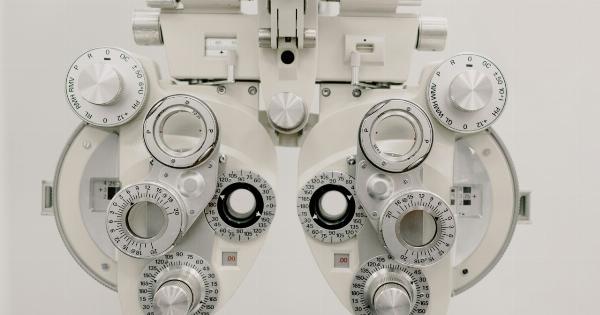Our eyes are an integral part of our bodies and they help us to perceive the world around us. The eyes work in conjunction with the brain to give us a visual experience. However, many people are not aware of the complexities of the human eye.
The purpose of this article is to provide an overview of how the eyes function and how they enable us to see the world.
Structure of the Eye
The human eye is a complex organ that is made up of several different components. The outermost layer is the cornea, which is a transparent tissue that covers the front of the eye. The cornea helps to focus light that enters the eye.
Next is the iris, which is the colored part of the eye. The iris controls the size of the pupil, which is the opening through which light enters the eye. The lens is located behind the pupil and it helps to focus light onto the retina, which is located at the back of the eye.
The retina is made up of several layers of cells that detect light and send visual signals to the brain through the optic nerve.
How Vision Works
Vision begins when light enters the eye and passes through the cornea. The cornea helps to focus the light onto the lens, which then changes shape to further focus the light.
The focused light then passes through the vitreous humor, which is a clear gel-like substance that fills the eye. Finally, the light reaches the retina, where it is detected by specialized cells called photoreceptors.
The photoreceptors in the retina are of two types: rods and cones. Rods are responsible for detecting light in low-light conditions and are mainly found in the peripheral vision.
Cones, on the other hand, are responsible for detecting color and detail and are mainly found in the central vision. There are three types of cones that are sensitive to different colors: red, green, and blue.
When light strikes a photoreceptor, it triggers a chemical reaction that sends a signal to the bipolar cells and then to the ganglion cells.
The ganglion cells collect the signals from the bipolar cells and send them through the optic nerve to the brain, where they are interpreted as vision.
Focusing on Objects
The lens in the eye helps us to focus on objects at different distances. When we look at a distant object, the lens becomes flatter and thinner to focus the light.
When we look at a nearby object, the lens becomes rounder and thicker to increase the focus. This process is known as accommodation.
Common Eye Conditions
There are several conditions that can affect the eyes and vision. Some of the common conditions are:.
Myopia
Myopia, also known as nearsightedness, is a condition in which objects in the distance appear blurry, while objects up close are clear.
This occurs when the eye is too long or the cornea is too curved, causing light to focus in front of the retina rather than on it. Myopia can be corrected with glasses or contact lenses.
Hyperopia
Hyperopia, also known as farsightedness, is a condition in which objects up close appear blurry, while objects in the distance are clear.
This occurs when the eye is too short or the cornea is not curved enough, causing light to focus behind the retina rather than on it. Hyperopia can also be corrected with glasses or contact lenses.
Astigmatism
Astigmatism is a condition in which the cornea is curved irregularly, causing distorted or blurred vision. It can be corrected with glasses, contact lenses, or laser surgery.
Conclusion
Our eyes are an amazing part of our body that allow us to perceive the world around us. Understanding how the eyes work can help us to appreciate and take care of them.
If you are experiencing any vision problems, it is important to see an eye doctor for a comprehensive eye exam.































